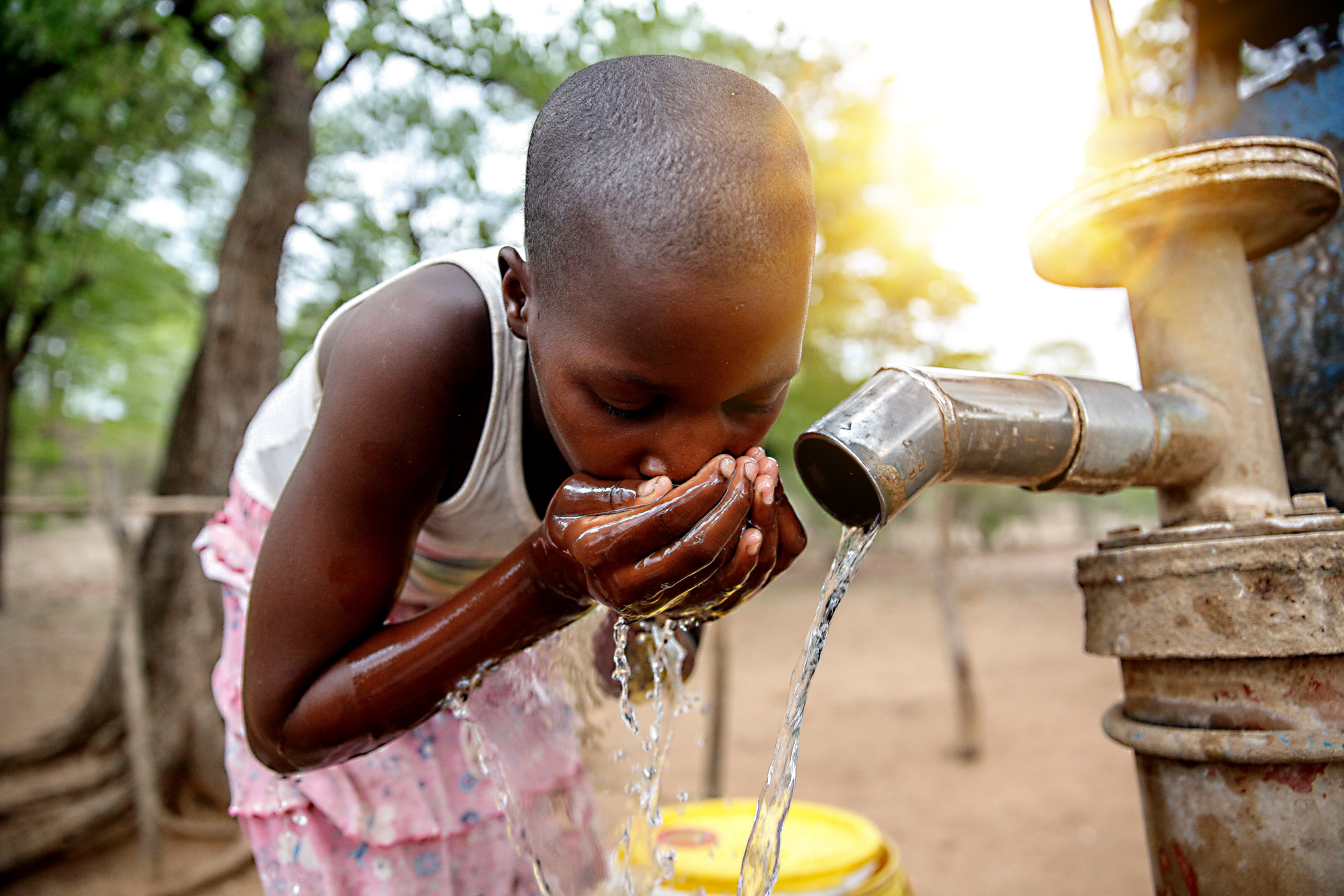Water, Sanitation and Hygiene (WASH)
 What we want to do:
What we want to do:
We want to see all children have enjoy access to clean water and improved sanitation facilities close to their homes so that they can stay well. We are working towards this by increasing:
- Access to safe and adequate water for children and their communities
- Access to improved sanitation facilities and hygiene practices
What is the problem?
Lack of knowledge on health and hygiene practices coupled with low access to hygiene-enabling facilities which further increases the risk of infection and communicable diseases.
How is World Vision addressing the issues?
World Vision is supporting the drilling and rehabilitation of water sources to increase the number and percentage of households using improved sources of drinking water, the percentage of households using improved sanitation facilities, and the proportion of households with basic hand-washing facilities as well as the promotion of participatory health and hygiene education (PHHE).
Is What World Vision doing working?
In 2020, WASH activities were implemented in eight Area Programmes and five Grants (Golf Fore Africa, SADC Ground Water Management Institute, WASH Up Girl Talk, Ferrovial Grant and ZIMWASH). Sanitation and hygiene key activities included latrine constructions, households, schools and health care facilities. Water activities at both community and institution level included drilling of new boreholes, the establishment of solar-powered piped water schemes and the rehabilitation of non-functional water sources. Response by the sector became more crucial with the COVID-19 pandemic as the need to ensure access to water as well as sanitation and hygiene was increased. More than 156,000 people were reached through the various WASH interventions and more than 1 million people were reached with COVID-19 related hygiene promotion.